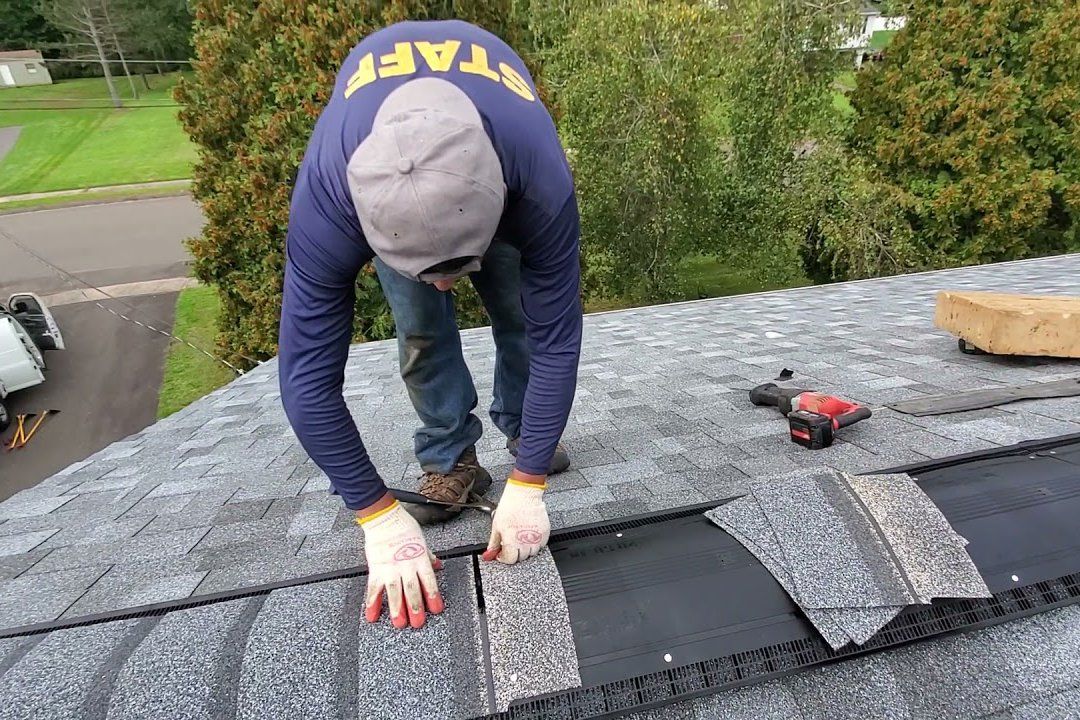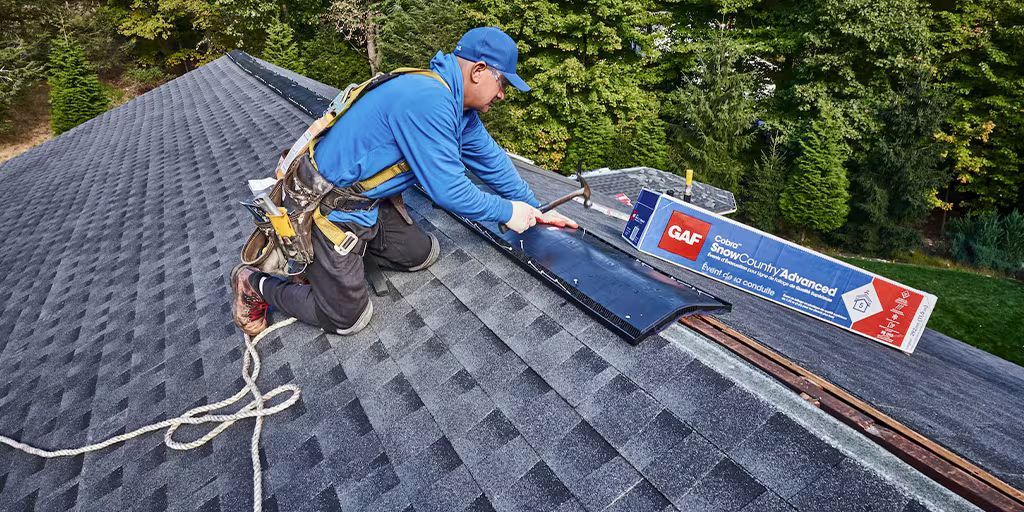Roof Ridge Vent in Portland, OR
Your home's ventilation system plays a crucial role in maintaining comfort and protecting your investment. We at Portland Roofing Center specialize in professional roof ridge vent installations that create proper airflow throughout your attic space. A well-installed ridge vent system can reduce cooling costs by up to 60% while extending the life of your roofing materials and attic insulation.
We bring decades of experience to every ridge vent installation project across Portland. Our expert team carefully evaluates your existing roof structure and ventilation needs to determine the optimal ridge vent solution. We work with high-quality materials and proven installation techniques to ensure lasting performance.
Your roof deserves proper ventilation to function at its best. We handle everything from initial inspection to final installation, making sure your new ridge vent system integrates seamlessly with your existing roof. Our professional installation service prevents common issues like moisture buildup and premature shingle deterioration while helping maintain consistent indoor temperatures year-round.
Why Your Attic Needs to Breathe?
Attic ventilation prevents moisture buildup that can lead to mold growth and wood rot. During summer months, a properly ventilated attic can be up to 30 degrees cooler than one without ventilation.
Your energy bills benefit from good ventilation too. When hot air gets trapped in your attic, it forces your air conditioning to work harder.
In winter, ventilation helps prevent ice dams by keeping your roof deck at a consistent temperature. This protects both your shingles and underlying structure from water damage.
A complete ventilation system requires both intake and exhaust vents. Soffit vents installed under your roof's eaves provide essential air intake.
Ridge vents running along your roof's peak work with soffit vents to create optimal airflow. This natural ventilation system uses convection to move air effectively.
We install smart vents and box vents as supplementary components when needed for maximum efficiency. These components work together to maintain consistent airflow throughout your attic space.
Finding the Right Ridge Vent
Shingle-over ridge vents blend seamlessly with your existing roof design and offer excellent ventilation performance. The Air Vent ShingleVent II stands out as a premium choice, featuring external baffles that create enhanced airflow through low-pressure zones. Static ridge vents remain the most popular choice for residential applications. These vents work without moving parts or electricity, relying on natural air movement to maintain proper attic ventilation.
We also install aluminum continuous ridge vents, which provide a clean appearance and superior durability. These vents span the entire ridge length, ensuring consistent ventilation across your roof's peak. Your ridge vent's material should match your climate needs and roof design. We recommend weather-resistant aluminum or high-grade plastic polymers for long-term durability.
The vent's profile matters for both performance and aesthetics. Low-profile vents maintain a sleek roofline while still providing necessary ventilation. High-profile options offer increased airflow capacity for larger attic spaces.
External baffles on premium ridge vents help prevent water and snow infiltration. We suggest selecting vents with built-in weather filters to keep out insects and debris.
Schedule Professional Ridge Vent Service
Let us help you improve your home's ventilation system with our professional ridge vent installation. Contact our team now for a detailed assessment. We'll explain the benefits and process while providing a competitive quote for your property.
FAQs on Roof Ridge Vent
If you’re considering a roof ridge vent for your home or need maintenance or replacement, these common questions from Portland homeowners can help you make an informed decision.
What is a roof ridge vent and do I need one in Portland's climate?
A roof ridge vent runs along the peak of your roof and allows hot, moist air to escape from your attic. Yes, in Portland’s wet and varied climate, it's essential to prevent moisture buildup and extend your roof's lifespan.
How much does it cost to install a roof ridge vent in Portland?
Installation usually ranges from $400 to $800, depending on your roof size and pitch. We offer free estimates across Portland.
Can a roof ridge vent help with mold or moisture problems?
Yes. Ridge vents improve airflow in your attic, reducing the risk of mold and moisture damage—especially important in Portland’s rainy seasons.
Will a ridge vent installation affect my existing roofing structure?
No. We cut a narrow slot along the roof peak and install the vent under the ridge cap shingles. It's designed to integrate seamlessly.
Is a roof ridge vent better than box vents or turbine vents for Portland homes?
In most cases, yes. Ridge vents provide continuous ventilation along the entire roofline, which is more efficient and better suited for Portland’s mix of heat and humidity.



